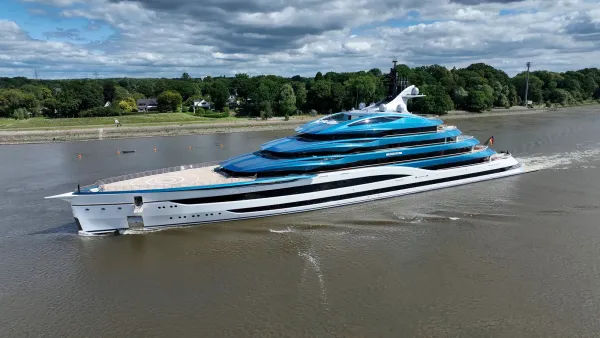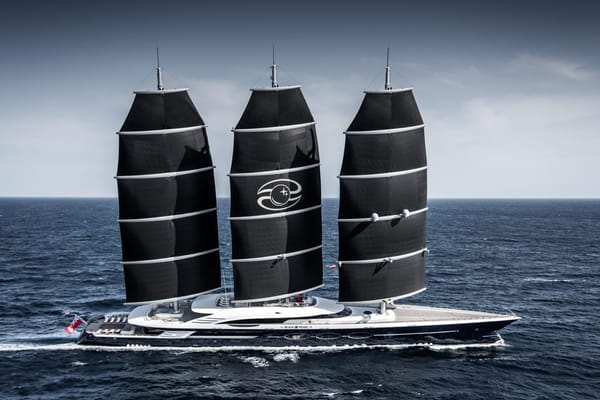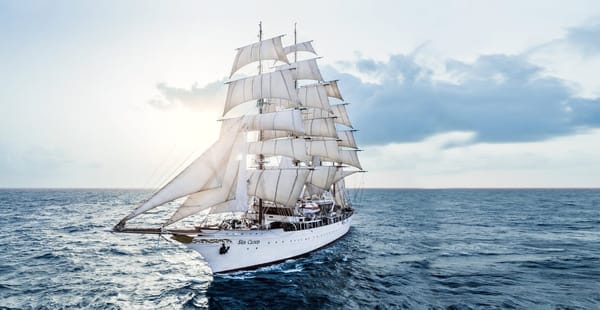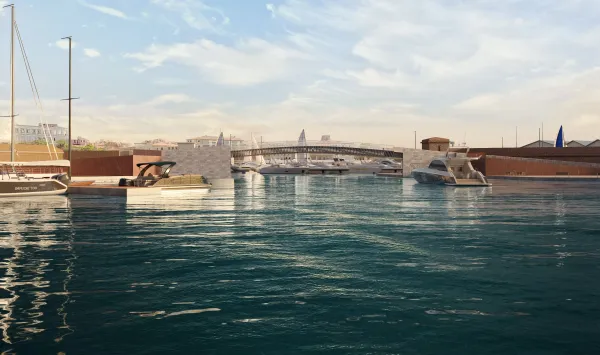Types Of Sailboats
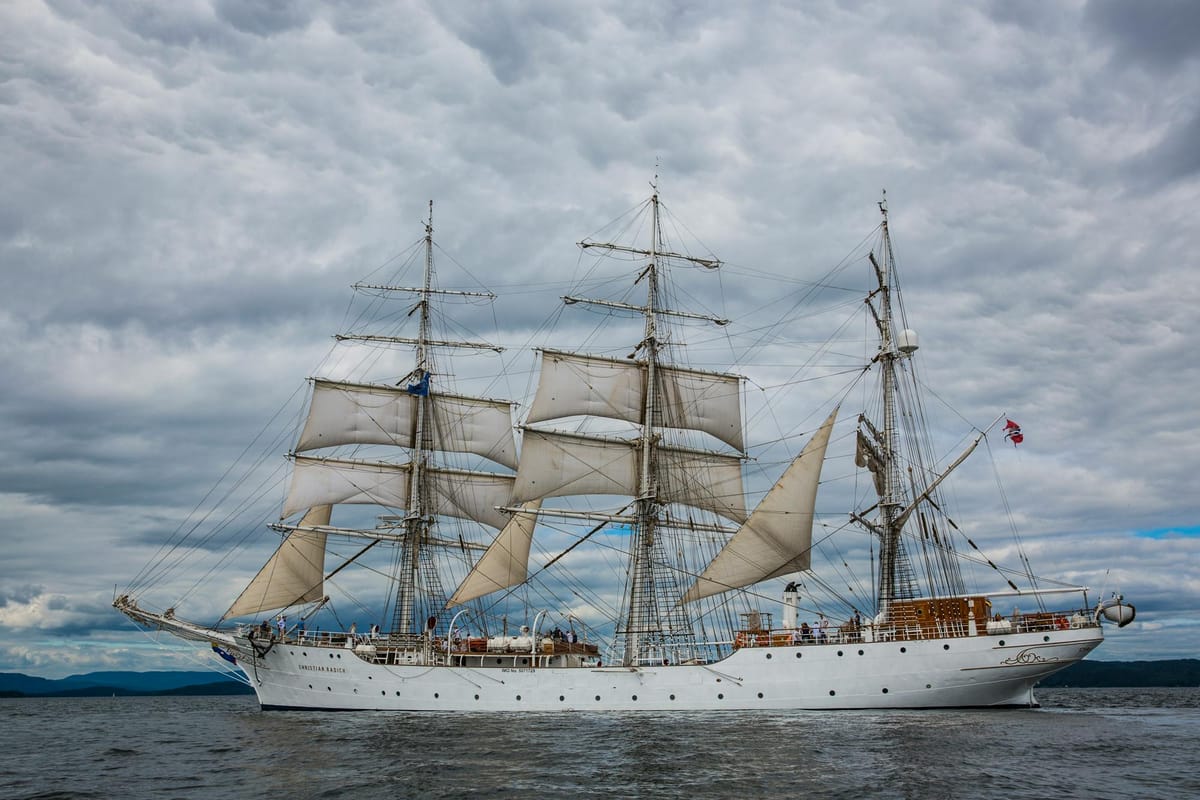
In the world of yachting, few vessels command such romanticism and reverence as the sailboat. Whether slicing across sapphire seas or drifting gently under canvas, sailboats capture a purity of motion no engine can replicate. But while the word “sailboat” may conjure a singular image, the truth is far more nuanced. Sailboats span a spectrum of design philosophies and lifestyles—from minimalist day sailors to carbon-rigged racers, bluewater voyagers to classic schooners steeped in heritage.
To the discerning buyer or aspiring yachtsman, understanding the breadth of the sailboat market is essential. At its core, a sailboat is defined not by size or hull count, but by the philosophy of wind-borne travel. This guide breaks down the many categories of modern sailing yachts—from their intended use and lifestyle focus to the nuances of hull architecture and rig configurations—helping you navigate a world where craftsmanship, adventure, and performance converge.
Sailboat Categories, Reimagined
Not all sailing is created equal. Some seek the thrill of regattas, others the serenity of a coastal passage or a long sabbatical across open oceans. Each pursuit requires a vessel tailored in purpose and design.
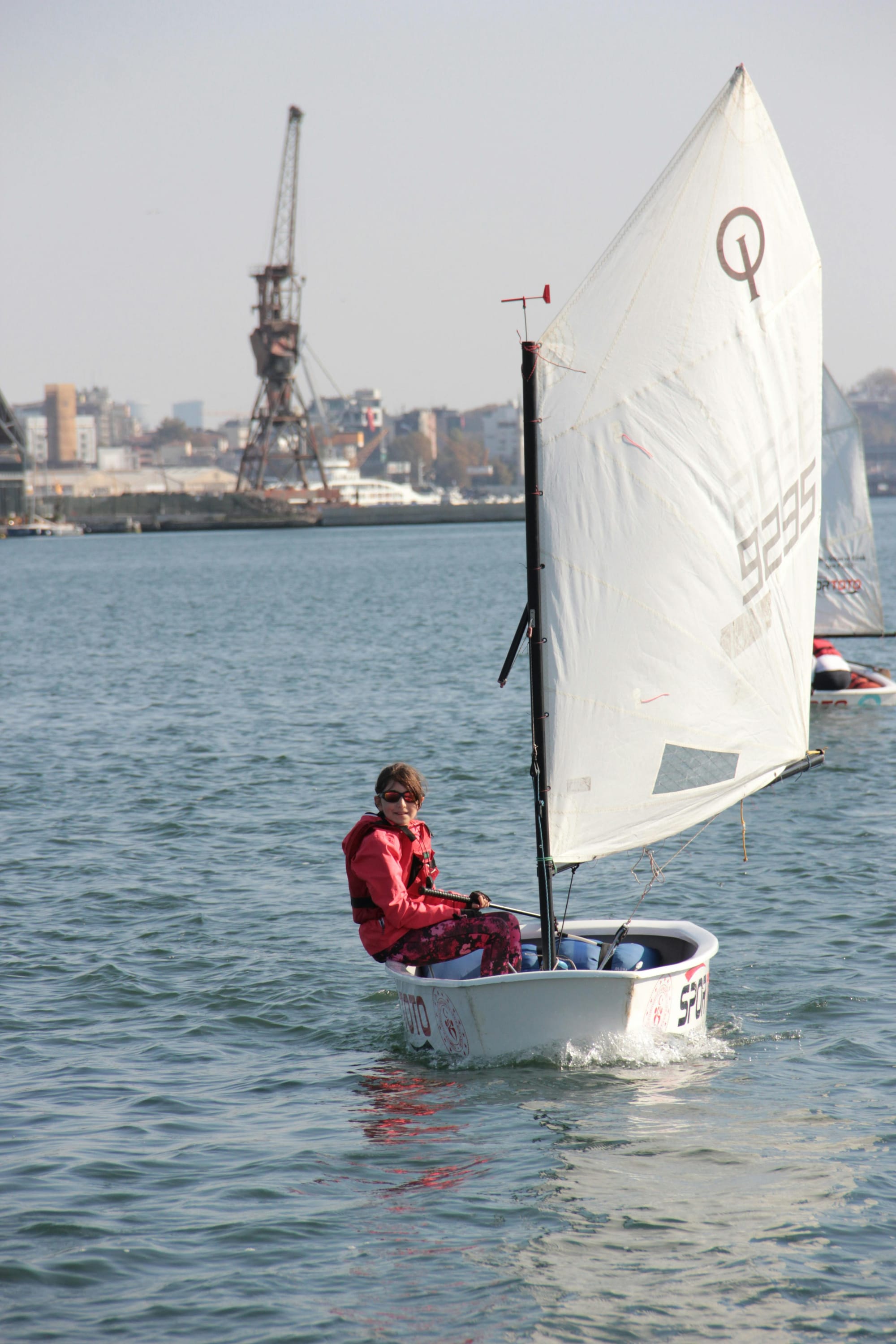
Sailing Dinghy
The sailing dinghy is where many yachtsmen first fall in love with the wind. Agile and responsive, these small open-cockpit craft offer a raw, exhilarating experience that rewards skill and instinct. Ideal for one or two sailors, dinghies are foundational in youth training programs and Olympic competition alike. Their simplicity belies their sophistication—and for those mastering the art of sail, few vessels are more instructive.
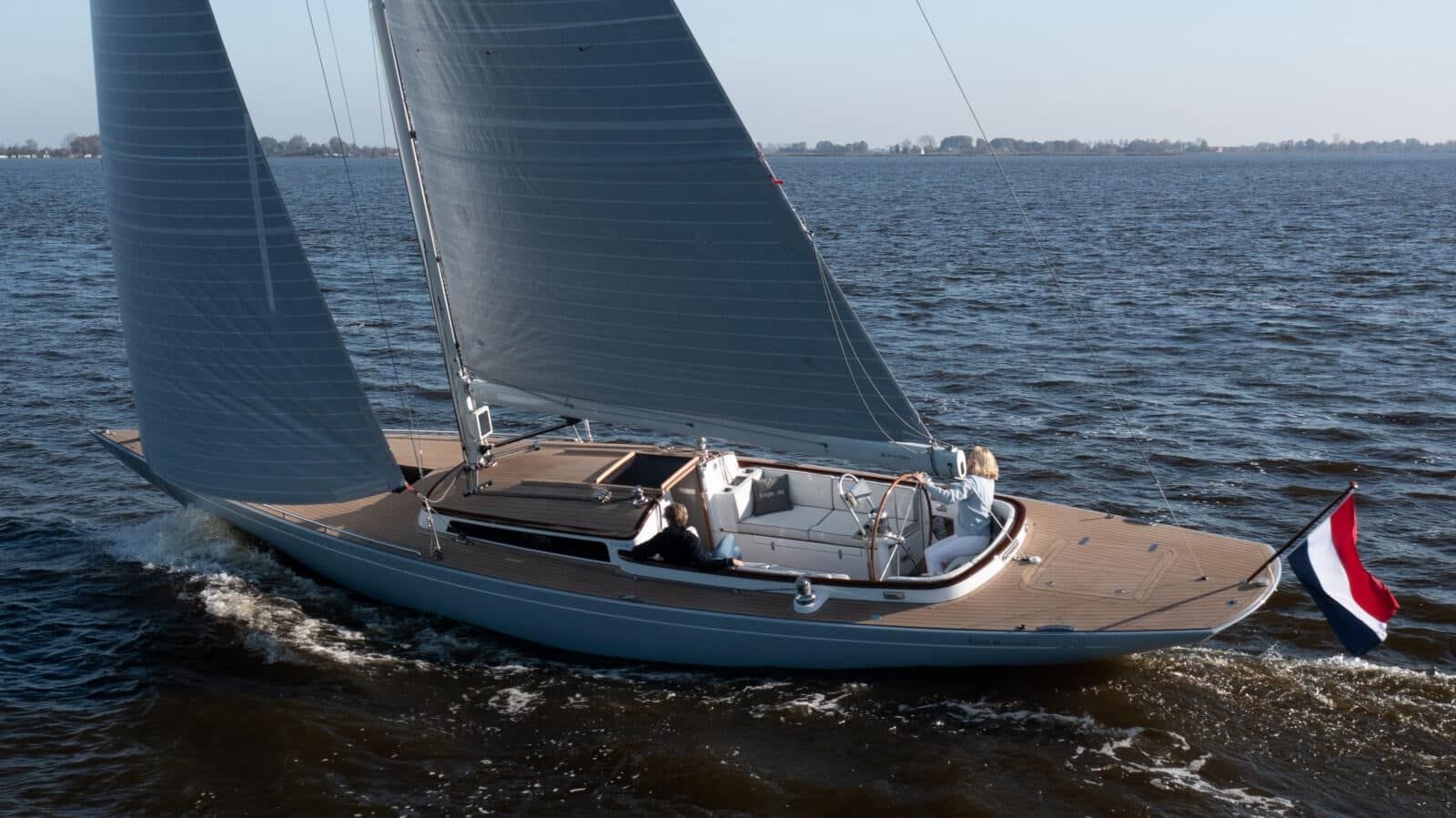
Daycruiser / Daysailer
Daysailers speak to a specific kind of luxury: effortless, leisurely escapes. Typically under 30 feet, they favor open layouts and intuitive handling over interior accommodations, though high-end models offer tasteful appointments for short overnights. What defines the daysailer isn’t the duration—it’s the intent: pure sailing pleasure, spontaneous afternoons on the water, and a connection to wind and wave without complication.
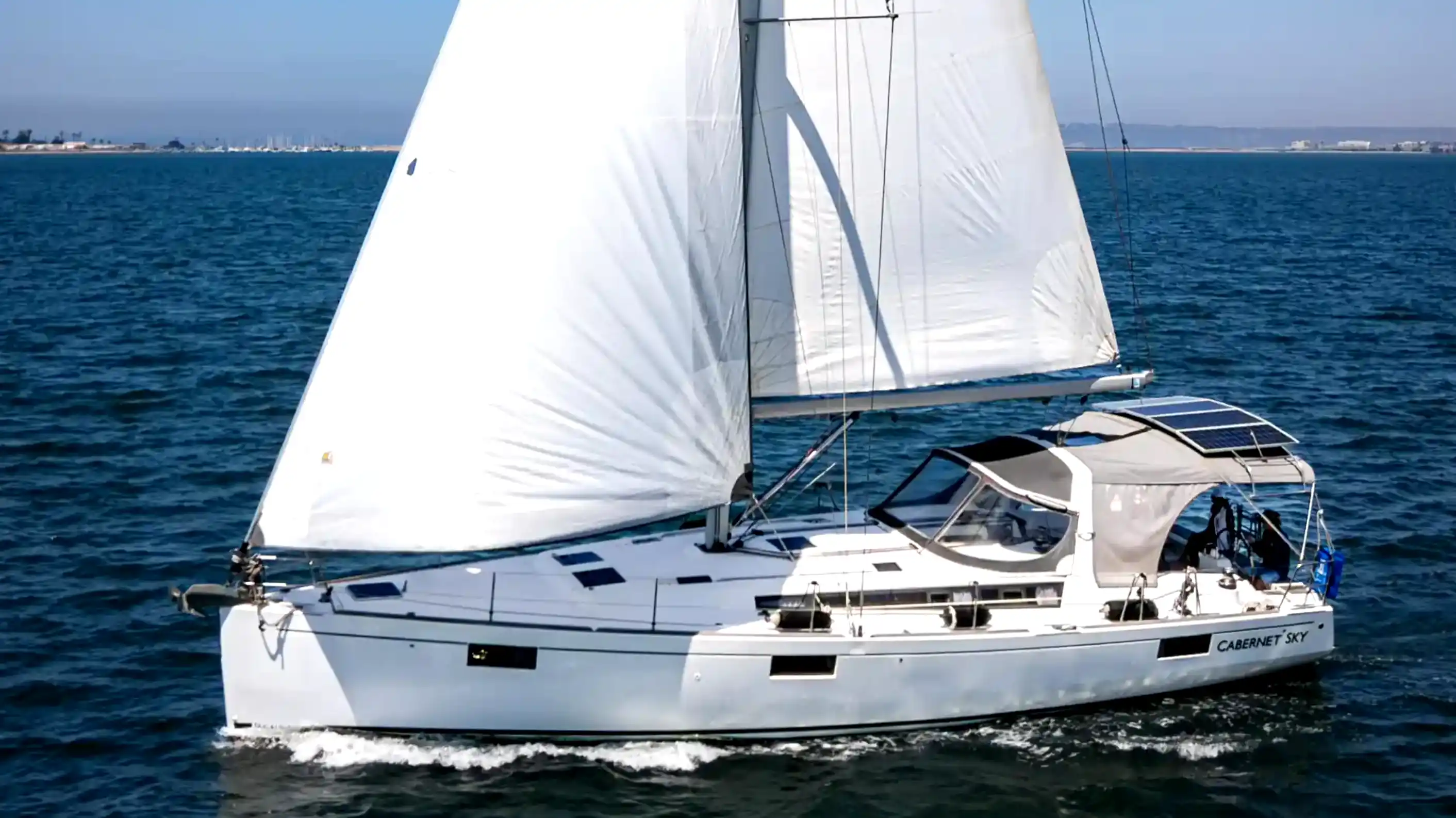
Sailing Cruiser
For those who dream of coastal passages or long weekends aboard, the sailing cruiser offers comfort without compromise. Ranging from 30 to 55 feet, these yachts balance performance with liveaboard capability, often featuring a full galley, multiple berths, and generous storage. They are designed to be sailed by couples or small families, with handling systems that accommodate shorthanded cruising. Above all, they’re crafted for voyaging with grace.

Bluewater Cruisers
A class apart, bluewater cruisers are engineered to go the distance—across oceans, into the unknown, and back again. Rated for offshore Category A conditions, these vessels embody resilience and autonomy. Heavier displacement, robust rigs, redundant systems, and serious tankage define their DNA. From circumnavigation-ready sloops to custom expedition yachts, bluewater sailboats prioritize safety and self-reliance, offering their owners the ultimate freedom: to untie the lines and not look back.
Racing Sailboats
Speed, precision, and the thrill of competition drive the evolution of racing sailboats. Whether it’s a one-design dinghy or a grand prix carbon rocket, these yachts are honed for performance. Expect lightweight construction, optimized hydrodynamics, high-tech sails, and finely tuned ballast. Some are crewed by one; others by teams of 10 or more. For those who chase podiums or personal bests, every knot counts.
Racer/Cruisers
Blending velocity with versatility, the racer/cruiser occupies a sweet spot for many owners. These dual-purpose yachts combine the livability of a cruiser with the agility of a race boat, offering performance cruising or competitive racing without compromise. For weekend buoy chasers or spirited coastal cruisers, a racer/cruiser is often the ideal expression of balance—fast, fun, and just refined enough.
Motorsailers
Once the domain of pragmatic voyagers, the motorsailer has evolved from utility to understated luxury. With generous engine power and ample sail area, these yachts are built for flexibility—able to power through calms or enjoy wind-assisted efficiency. While less focused on speed, motorsailers offer range, comfort, and peace of mind, especially for those prioritizing interior volume and steady handling.
Classic and Antique Sailboats
Sailing is also a love affair with heritage. Classic and antique sailboats—from restored wooden yawls to historic schooners—offer a timeless aesthetic that speaks to connoisseurs of naval tradition. Rich in varnished teak and gleaming brass, these vessels may not boast the performance of modern builds, but they are unmatched in character and craftsmanship. Owning one is a stewardship of legacy and an invitation into a rarified world of regattas, wooden boat festivals, and reverent admiration.
Hull Forms: The Art Beneath the Waterline
A sailboat’s performance, stability, and onboard comfort all begin with the shape of its hull. While design trends have evolved, the fundamentals remain rooted in physics and seakeeping. Today’s yachts typically fall into one of three primary categories: monohulls, catamarans, and trimarans — each offering a distinct set of advantages for discerning sailors.
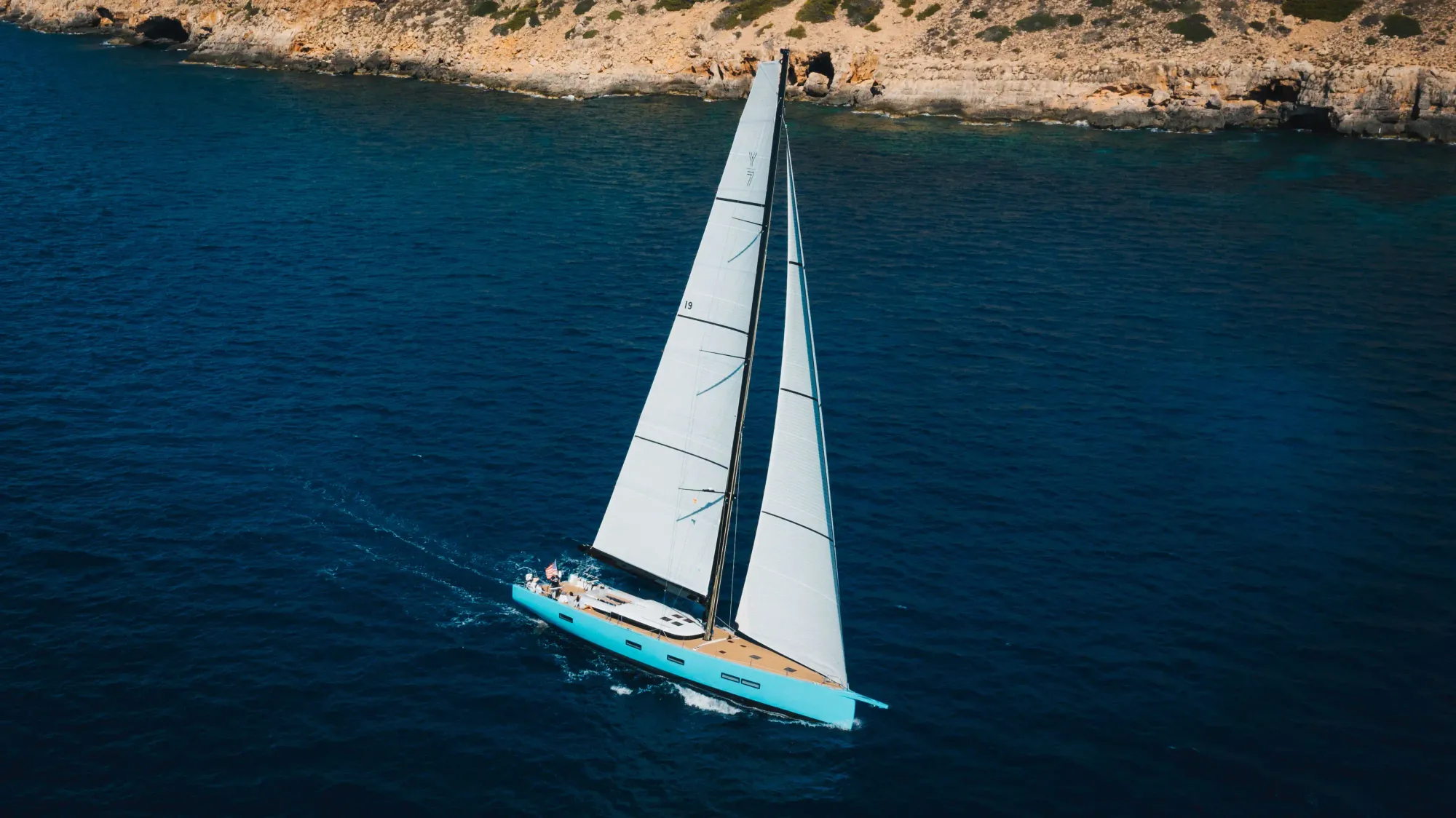
Monohulls: The Timeless Archetype
The monohull is the most iconic and time-honored of all sailboat forms. With a single hull slicing elegantly through the water, these vessels evoke a classic silhouette — from sleek sloops to long-keeled offshore cruisers. Traditional monohulls often feature a full or cutaway keel, ideal for directional stability and heavy-weather tracking. Modern builds, however, embrace fin keels, twin rudders, and bulb ballast to enhance agility without compromising seaworthiness.
Some high-performance monohulls now incorporate foils — carbon appendages that lift the hull above the water at speed, dramatically reducing drag and unlocking extraordinary performance. These innovations, once the realm of America’s Cup teams, are now appearing on elite cruising yachts, subtly reshaping what’s possible under sail.
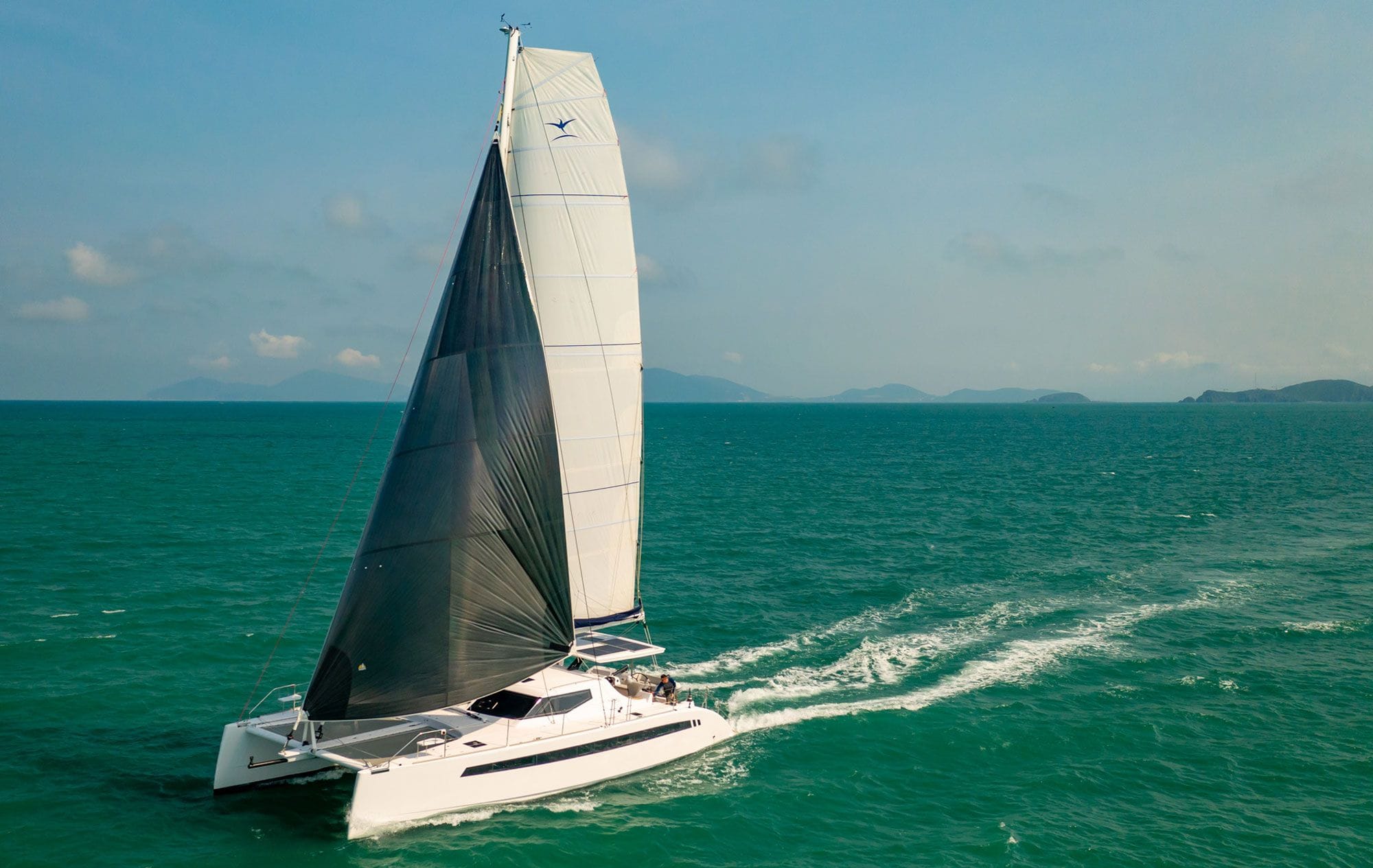
Catamarans: Volume Meets Velocity
Favored in tropical cruising grounds and increasingly dominant in the charter market, the catamaran has earned its reputation for stability, space, and speed. With two hulls connected by a bridgedeck — and often a panoramic saloon — catamarans offer unmatched interior volume and flat, heel-free sailing.
Because they rely on wide beam for stability rather than ballast, catamarans are lighter and more efficient in moderate winds, especially on a reach. Larger models introduce luxuries such as flybridges, full-beam master suites, and hydraulic swim platforms — redefining the experience of life under sail. That said, their width can limit marina options, and performance upwind is typically more laborious than monohulls.
For liveaboard cruisers, catamarans offer a compelling equation: double the hulls, double the comfort — without doubling the effort.
Trimarans: The Adventurer’s Choice
With three hulls — a central hull flanked by two narrow amas — trimarans blend speed, lightness, and stability into a bold, performance-oriented package. Agile and fast off the wind, they make ideal platforms for daysailing and offshore voyaging alike. Their lean central hull reduces drag, while the amas provide lateral stability without the weight of a deep keel.
Though interior space is more limited than in a catamaran of similar length, many modern trimarans feature surprisingly well-appointed central saloons and convertible accommodation. For owners who prize exhilarating sailing, minimal heel, and long-range capability, the trimaran stands alone.
Sailboat Rig Options: The Architecture of Power
A sailboat’s rig — its arrangement of masts, sails, and supporting lines — defines not only its aesthetics but also how it performs in varied conditions. Rigging choices affect handling, sail area, balance, and even crew requirements. From single-mast sloops to stately schooners, here’s a look at the most enduring configurations.
Sloop Rig: Elegant Simplicity
The sloop reigns as the most common and versatile rig type, especially among modern cruisers and performance yachts. With a single mast and two sails — a mainsail aft and a headsail (or jib) forward — the sloop offers efficient upwind performance and straightforward sail handling.
Its streamlined layout lends itself well to automated systems, such as electric winches and furling gear, allowing even large sloops to be sailed short-handed. Whether racing or passagemaking, the sloop’s balanced sail plan and trim flexibility have made it the go-to rig for sailors seeking both speed and simplicity.
Cutter Rig: Control and Flexibility
A variation on the sloop, the cutter rig introduces a second headsail — typically a staysail set just aft of the jib. This configuration offers greater versatility, especially in shifting conditions. Sailors can reef the headsail area in heavy weather without reducing the mainsail, achieving better balance and control.
Cutters are particularly popular among long-range cruisers and bluewater yachtsmen who prioritize seamanship, storm readiness, and the ability to fine-tune sail plans with minimal exertion.
Ketch and Yawl Rigs: The Split Rig Advantage
Ketches and yawls share a key characteristic: a secondary, shorter mast located aft of the mainmast. In a ketch, this mizzenmast is forward of the rudderpost; in a yawl, it sits astern.
These “split rigs” reduce the size of individual sails, making them easier to manage, especially for smaller crews. They also offer nuanced sail combinations for balancing the boat in varied conditions. While less common on new production yachts, these rigs remain cherished among traditionalists and circumnavigators alike for their adaptability and classic silhouette.
Schooner Rig: Tradition and Power
With two or more masts — the aft one taller than the foremast — schooners are often associated with history’s great sailing ships. From coastal cargo carriers to graceful luxury yachts, the schooner’s sail plan is both romantic and powerful. It allows for substantial sail area divided among smaller, more manageable canvases.
While rare among new builds, the schooner rig endures in custom and classic vessels — a tribute to its grandeur, heritage, and unmistakable presence on the horizon.
Junk Rig: The Maverick’s Choice
Less conventional, but beloved by a dedicated few, the junk rig features full-length battens, multiple sail panels, and a unique reefing system that can be adjusted from the cockpit. Inspired by traditional Chinese sailing vessels, junk rigs emphasize ease of handling and rugged simplicity. They may lack the upwind efficiency of modern rigs but offer unparalleled ease of reefing and low maintenance — ideal for long-distance voyaging with minimal crew.
Buying a Sailboat: Choosing the Vessel That Reflects You
A sailboat is more than a mode of transport — it’s an extension of your lifestyle, your ambition, and your relationship with the sea. Choosing the right model begins not with length, layout, or sail area, but with a deeper question: what kind of life do you want to lead on the water?
Define the Dream
Are you drawn to brisk weekends on the bay or slow passages beneath foreign stars? Will you cruise solo, as a couple, or with family and crew? Will your yacht live locally, or journey with you between hemispheres?
Clarifying your sailing aspirations — day sailing, bluewater passagemaking, performance racing, liveaboard voyaging — is the first and most essential step.
Understand Ownership Realities
Owning a sailboat brings profound rewards: independence, adventure, and immersion in a centuries-old tradition. But it also entails responsibility — moorage, maintenance, systems checks, and seasonal upkeep. If you’re a first-time buyer, consider beginning with a manageable monohull or joining a fractional ownership program. Charter ownership, especially in a luxury catamaran, can offset costs while delivering priceless time on the water.
For seasoned sailors considering larger vessels, especially those over 55 feet, a professional captain or crew may be advisable. Today’s larger yachts offer push-button sailing and hybrid propulsion systems — but complexity rises with size.
Consider Resale, Reputation, and Support
Prestige builders such as Nautor’s Swan, Oyster, Hallberg-Rassy, CNB, and Amel enjoy strong resale value and proven bluewater performance. Newer brands like HH Catamarans or Gunboat offer innovative design and cutting-edge materials for performance-minded cruisers.
Evaluate the builder’s service network, warranty program, and support ecosystem. A well-supported vessel, especially one with dealer representation in your region, ensures a smoother experience over the years.
Try Before You Buy
At YachtWay and its trusted brokerage partners, we strongly encourage the charter-first approach — especially for larger or semi-custom yachts. Spending several days aboard a prospective model will give you invaluable insights: how it handles at sea, how the layout flows at anchor, whether it feels like yours.
It also offers a priceless glimpse into what truly matters — not just how the boat sails, but how you live aboard it.
Final Thought: The Call of Canvas
The sea will always favor those who come with humility, preparation, and passion. Whether you seek the elegance of a monohull, the comfort of a catamaran, or the thrill of a trimaran — a sailboat is a vessel for life’s finest moments.
Owning one is not merely a purchase. It’s a commitment to freedom, to adventure, to the wind itself.
At YachtWay, we are here to guide your journey — from your first inquiry to your first crossing, and beyond. Browse our curated selection of sailboats for sale or speak to a YachtWay advisor to begin your ownership journey.
Your wind. Your way.
YachtWay



